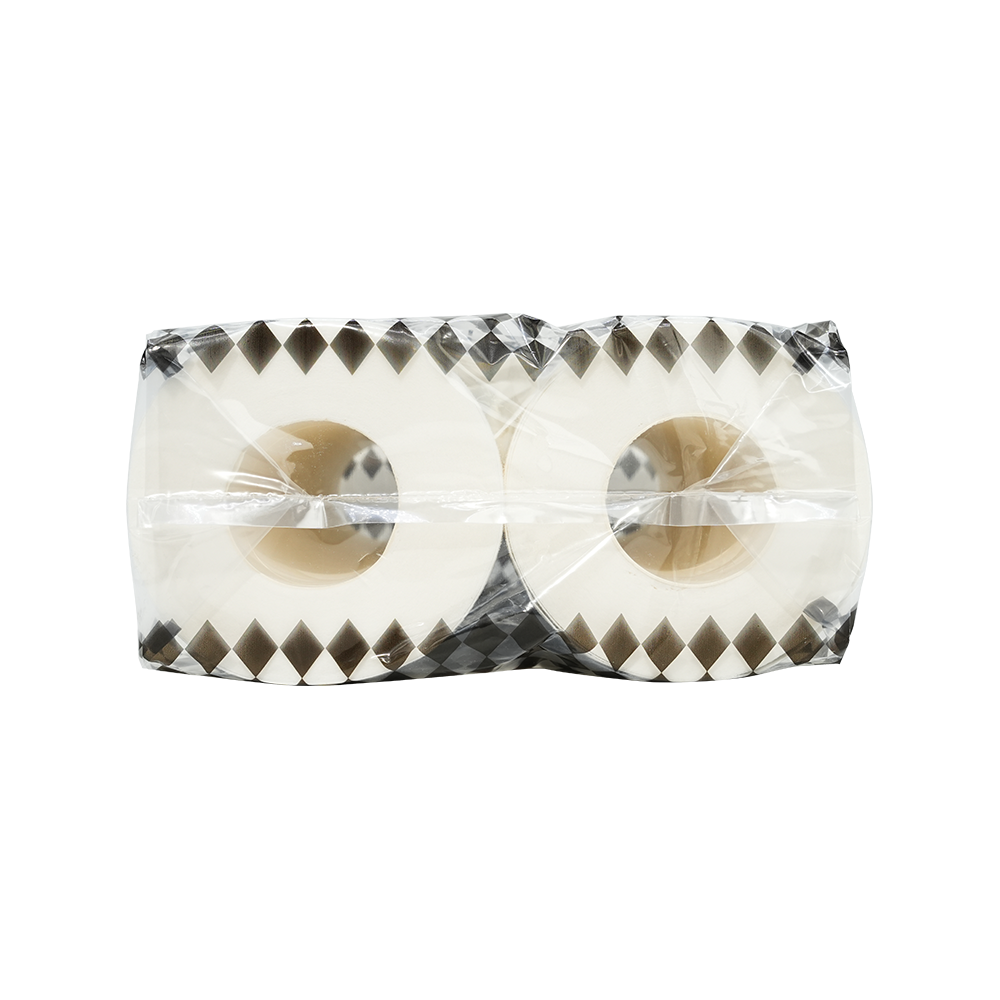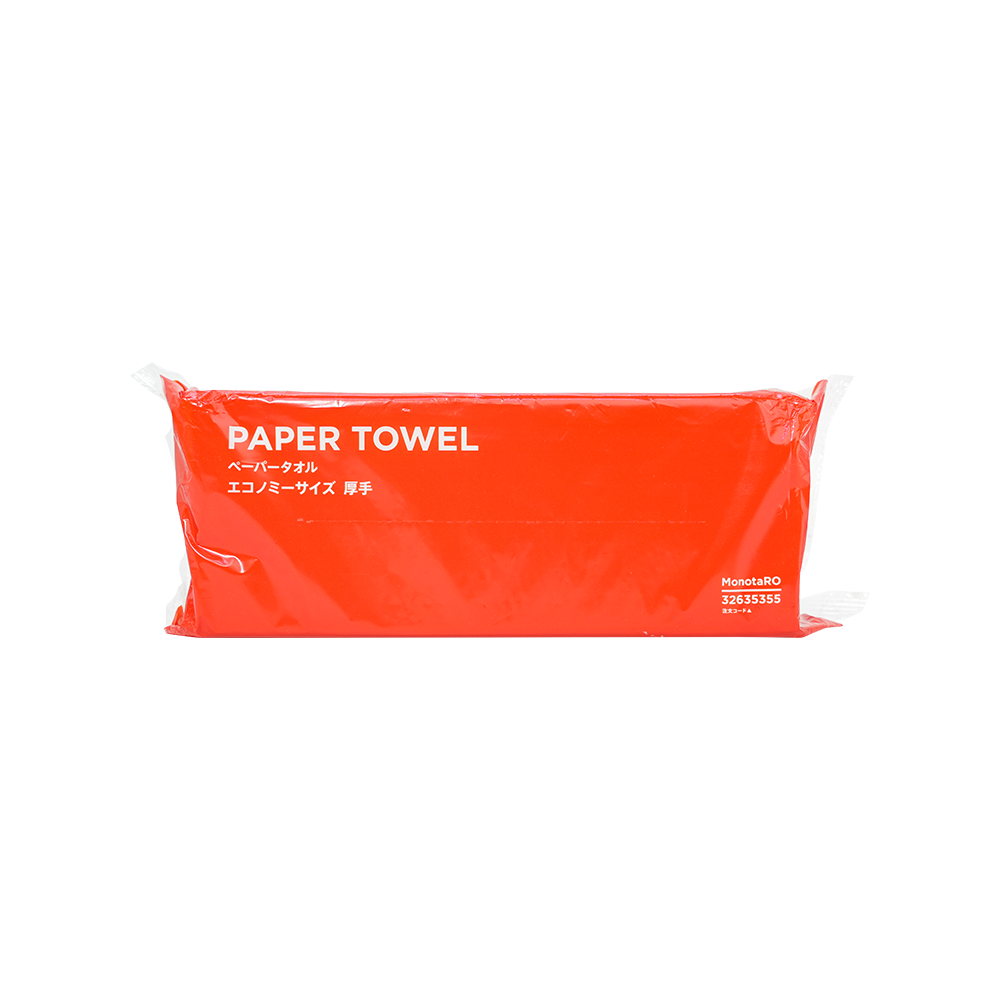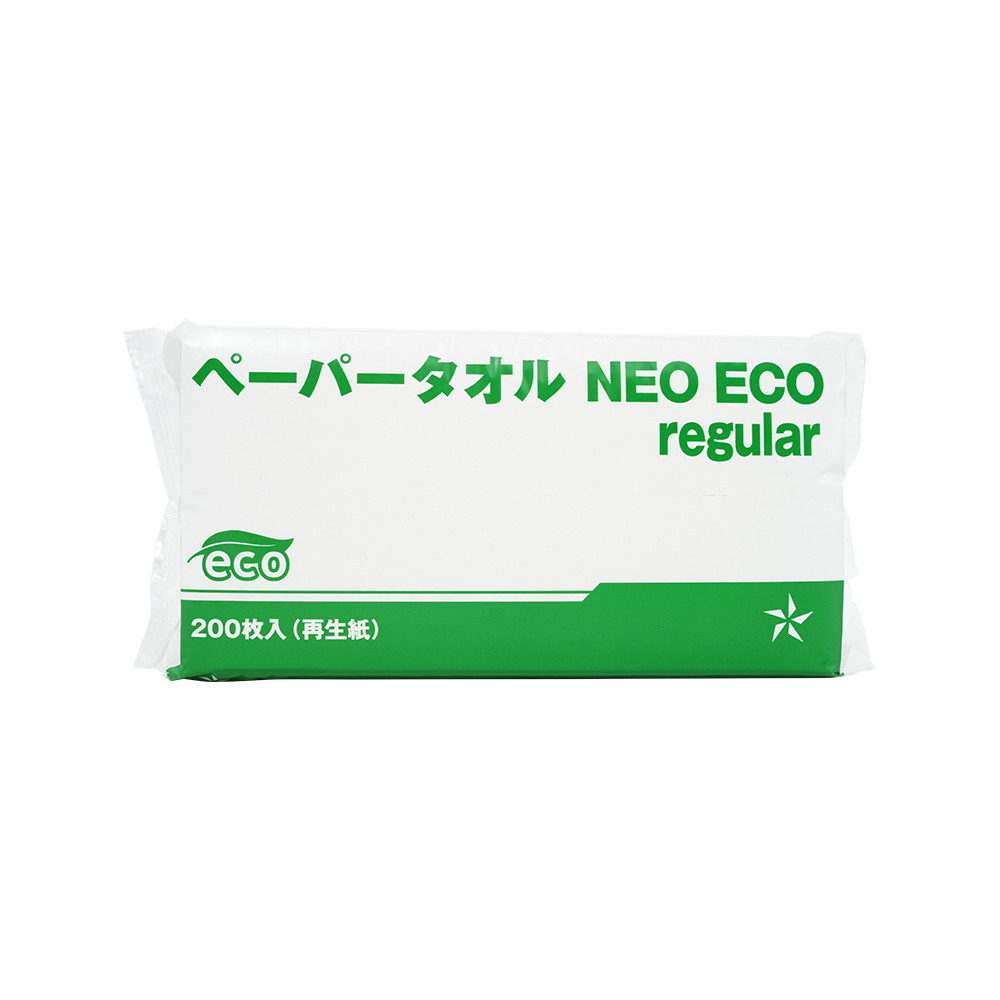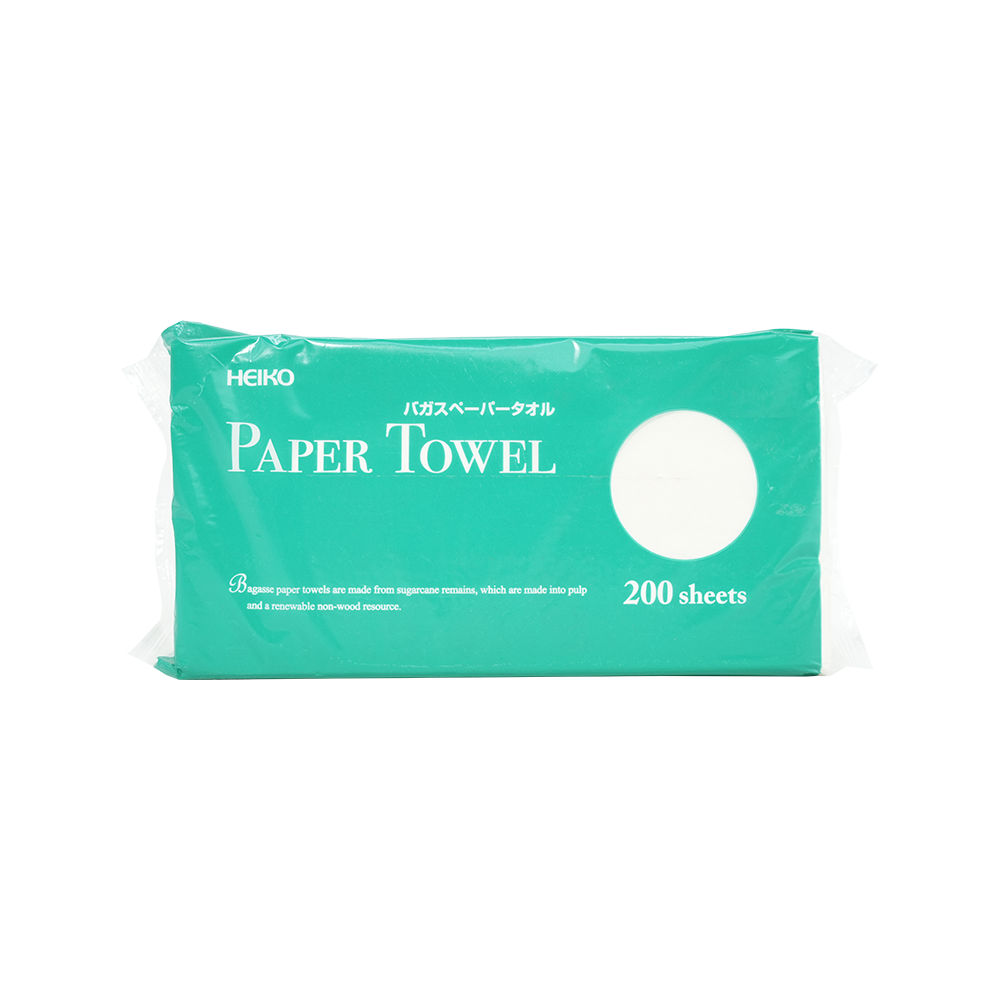How is a Kitchen Tissue Roll Different from Toilet Paper
 2025.10.11
2025.10.11
 Industry News
Industry News
Kitchen tissue roll and toilet paper are both paper products used in everyday life, but they serve very different purposes and are designed with different properties in mind. Understanding the differences between them can help consumers choose the right product for specific tasks, whether it is cleaning up spills in the kitchen or maintaining personal hygiene in the bathroom.
1. Purpose and Usage
The primary difference between a kitchen tissue roll and toilet paper is the intended use. Kitchen tissue rolls are designed for cleaning, wiping, and absorbing liquids in the kitchen or dining area. They are ideal for handling spills, drying hands, or even light cleaning tasks. Toilet paper, on the other hand, is intended for personal hygiene after using the toilet. Its purpose is to be soft and gentle on the skin while being easily flushable.
Because of these different purposes, manufacturers focus on different qualities when producing each product. Kitchen tissue rolls prioritize absorbency and strength, while toilet paper emphasizes softness and disintegration in water.
2. Material Composition
Both kitchen tissue rolls and toilet paper are made primarily from paper pulp, but the types of pulp and processing methods differ. Kitchen tissue rolls are often made from a combination of virgin and recycled fibers to enhance strength and absorbency. The paper is usually thicker and more durable to withstand wiping and scrubbing without tearing easily.
Toilet paper, however, is made with softer fibers to provide comfort when in contact with sensitive skin. It may use additional softening agents to increase pliability and reduce friction. The difference in fiber choice and treatment is one of the main reasons why kitchen tissue rolls are strong and absorbent, while toilet paper is soft and gentle.
3. Ply and Thickness
Ply refers to the number of layers of paper in a roll. Kitchen tissue rolls typically have two or more plies, which adds strength and improves absorbency. A thicker paper allows the roll to handle larger spills without disintegrating.
Toilet paper also comes in multiple plies, often ranging from one to three layers. However, additional plies in toilet paper are mainly intended to increase softness rather than strength. A high-ply kitchen tissue roll is practical for heavy-duty cleaning, while a high-ply toilet paper is intended for comfort and durability during use.
4. Absorbency and Strength
Absorbency is one of the defining characteristics of kitchen tissue rolls. They are engineered to soak up liquids quickly and hold them without tearing. This makes them suitable for kitchen tasks, such as wiping oil, water, or juice spills. The paper is usually treated to increase its ability to trap moisture, which prevents dripping and makes cleaning more efficient.
Toilet paper, while it can absorb small amounts of liquid, is not designed to handle heavy moisture. It is meant to break down quickly when exposed to water, which allows it to be safely flushed. Strength is secondary to softness in toilet paper, while in kitchen tissue rolls, strength is often more important than softness.
5. Texture and Surface Design
Kitchen tissue rolls often have embossed patterns or textured surfaces. These patterns are not decorative but functional, helping to increase surface area and improve absorption. The texture also makes wiping more effective by allowing the paper to pick up dirt and particles from surfaces.
Toilet paper may also be embossed, but primarily for comfort and aesthetics. The embossed designs on toilet paper can make it feel softer against the skin, but the main goal is not necessarily to improve cleaning efficiency.

6. Size and Roll Dimensions
Kitchen tissue rolls are generally larger in diameter and wider than standard toilet paper rolls. This allows them to hold more sheets, which is useful in the kitchen where frequent use for cleaning is expected. The sheets themselves are also typically larger to cover more area when wiping surfaces.
Toilet paper rolls are smaller and designed to fit standard toilet paper holders. The sheets are generally smaller because they are intended for personal hygiene rather than cleaning large surfaces. The compact size of toilet paper is also related to ease of storage and disposal.
7. Resistance to Moisture
One of the key differences between kitchen tissue rolls and toilet paper is their reaction to moisture. Kitchen tissue rolls are designed to resist tearing even when wet. This is essential for handling wet spills or cleaning tasks. Some kitchen tissues are even marketed as being suitable for absorbing grease or oil without falling apart.
Toilet paper is intentionally made to break apart easily in water. This quality prevents plumbing problems and ensures that the paper can be safely flushed down the toilet. If toilet paper were as strong as kitchen tissue, it could cause blockages in plumbing systems.
8. Environmental Considerations
Both products are often available in eco-friendly options. Recycled fibers can be used to reduce environmental impact, and some products may use sustainable sources of paper pulp. However, the environmental implications of using kitchen tissue rolls versus toilet paper can differ.
Because kitchen tissue rolls are thicker and stronger, they generally require more raw material per sheet. This can have a higher environmental footprint compared to toilet paper if not sourced sustainably. Toilet paper, being softer and thinner, may use fewer fibers per sheet, but it is also used in large quantities globally. Consumers may consider factors such as recyclability, biodegradability, and sustainable sourcing when choosing between the two.
9. Cost Differences
Cost is another factor influenced by material, ply, and intended use. Kitchen tissue rolls tend to be slightly more expensive per sheet because of their thicker, stronger design. They are built for durability and absorption, which requires more fiber and specialized processing.
Toilet paper may be cheaper per sheet, especially single-ply varieties, but higher-ply and premium soft options can be more costly. Consumers may choose based on their priorities: durability and cleaning performance for kitchen tissue rolls, or comfort and flushability for toilet paper.
10. Practical Tips for Use
Understanding the differences between kitchen tissue rolls and toilet paper can help maximize their usefulness. Kitchen tissue rolls should be used for spills, cleaning surfaces, and other household tasks. They are not designed for flushing and can clog toilets if disposed of improperly.
Toilet paper should be reserved for personal hygiene and should be disposed of in the toilet. Using toilet paper for heavy cleaning in the kitchen is inefficient and can result in tearing and wastage. Choosing the right paper for each task ensures effectiveness and prevents damage to plumbing or waste management systems.
11. Conclusion
In summary, the key differences between kitchen tissue rolls and toilet paper lie in their purpose, material, strength, absorbency, texture, size, moisture resistance, and environmental impact. Kitchen tissue rolls are strong, absorbent, and designed for cleaning tasks, while toilet paper is soft, gentle, and designed to disintegrate in water for personal hygiene.
Choosing the appropriate product for each situation is essential. Using kitchen tissue rolls in the kitchen ensures efficient cleaning and durability, while using toilet paper in the bathroom ensures comfort and safe disposal. By understanding these differences, consumers can make informed decisions and improve both hygiene and household efficiency.
While both products may appear similar at first glance, their differences are significant. Recognizing these differences helps maintain household cleanliness, personal hygiene, and proper environmental practices.


 English
English 日本語
日本語 한국어
한국어








